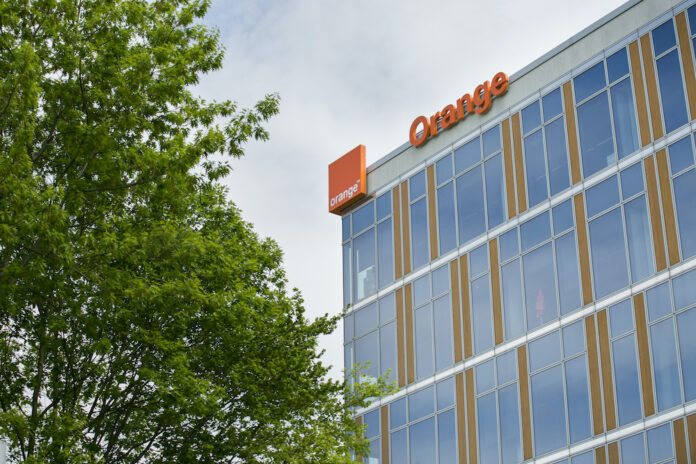Another Telecom Infrastructure Project
Orange and O-RAN specialist Edgecore Networks have jointly created the world’s first disaggregated switch with accessible software. The developers codes all the Edgecore switch’s functions using the principles of the SONiC (Software for pen Networking in the Cloud) open source movement. The collaborators say this can cut the cost of building and running any mobile network by creating more malleable and versatile machines.
The announced development follows suit with Vodafone’s rollout of upgradeable routers in Turkey, which use disaggregated cell site gateway (DCSG) technology created under the auspices of the Telecom Infra Project (TIP). (More details below)
Orange says the adoption of disaggregation and community open-source software is part of a major upgrade of its access network infrastructure. It used Edgecore switches to connect hundreds of access Points of Presence (PoP), locations from which they can provide a selection of access service ranging from one through ten to one hundred gigabits per second (Gbps). The target consumers of these 1, 10 and 100 Gbps data streams will be big corporations, public services and other enterprise customers.
Edgecore describes its switches as robust, high-performers with the high-availability features needed for telecom network PoP deployment. The disaggregated system comes pre-loaded with the ONIE (Open Network Install Environment) software installer, which automatically loads any new compatible open source or commercial network operating system that becomes available. Orange is installing its own SONiC distribution to run on the switches. It says it is relying on its developers’ expertise, working in conjunction with Edgecore and the SONiC community, to develop their own networking software solutions.
The French telco’s move to disaggregation allows for more flexible and cost-effective designs. It is engineered for faster deployment with a simpler IT integration process, by using a single operating system on networking equipment from different hardware vendors. This modification expedites any telco’s network procurement and Orange can now satisfy the most demanding of carrier networks, according to Heimdall Siao, President of Edgecore. “This successful experience in Orange’s network proves that disaggregated open networking solutions are robust and capable of handling the most demanding networks.”
Orange and Edgecore are both in the Telecom Infra Project (TIP), a where hundreds of companies work together to create more open, and disaggregated systems for telecom networks. The adoption of open, disaggregated architecture by Orange is a bold step, according to Jean Luc Vuillemin, Executive Vice President of Orange International Networks. “This joint effort enables us to drastically transform the way we build and upgrade our networks. It moves us away from off the shelf and locked-in systems to in-house developed solutions relying on our network developers’ expertise,” said Vuillemin.
Orange is now training its teams to master the new software. “It means we can regain full control of our networks and manage upgrades in a fast, cost-effective and sovereign way,” said Vuillemin.
Vodafone is deploying new disaggregated cell site gateway (DCSG) routers to cut the cost of upgrading 4G cell sites to 5G and of bringing new ones online. The routers link mobile sites to the core network. DCSG routers are based on the same principles as Open Radio Area Network (RAN) equipment. They work using open software and hardware from multiple vendors, and for the first time, interconnect with cell sites running on radio equipment from both new Open RAN and traditional vendors.
The routers’ hardware and software can be sourced independently from multiple vendors and are based on open architecture and standard APIs. They will replace single-supplier routers to give the operator more flexibility in building transport networks. The routers can transport traffic over mobile backhaul fibre links and enterprise customers’ dedicated connections, at speeds of up to 100Gbps to support the expected growth in mobile data and internet usage.



